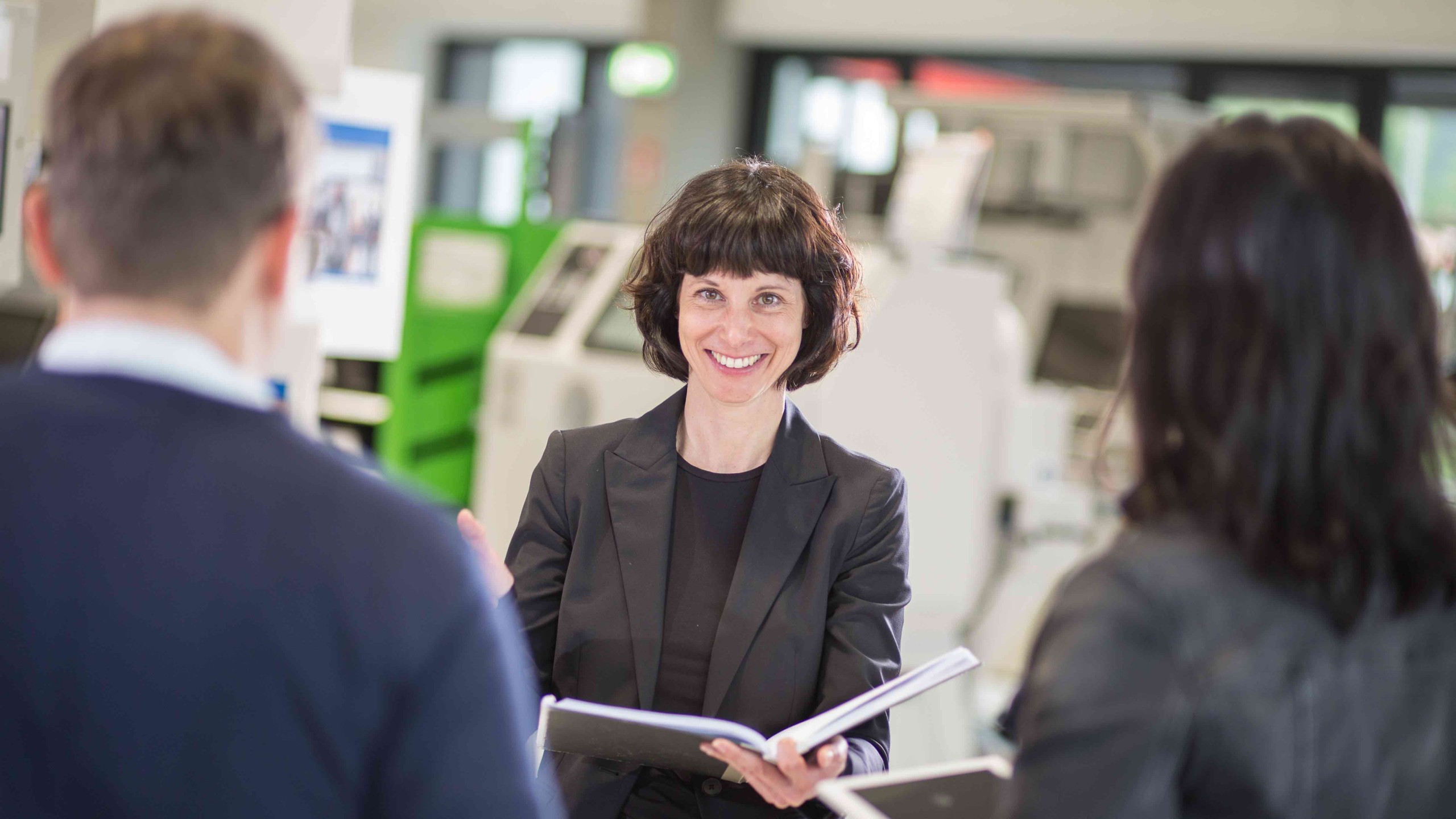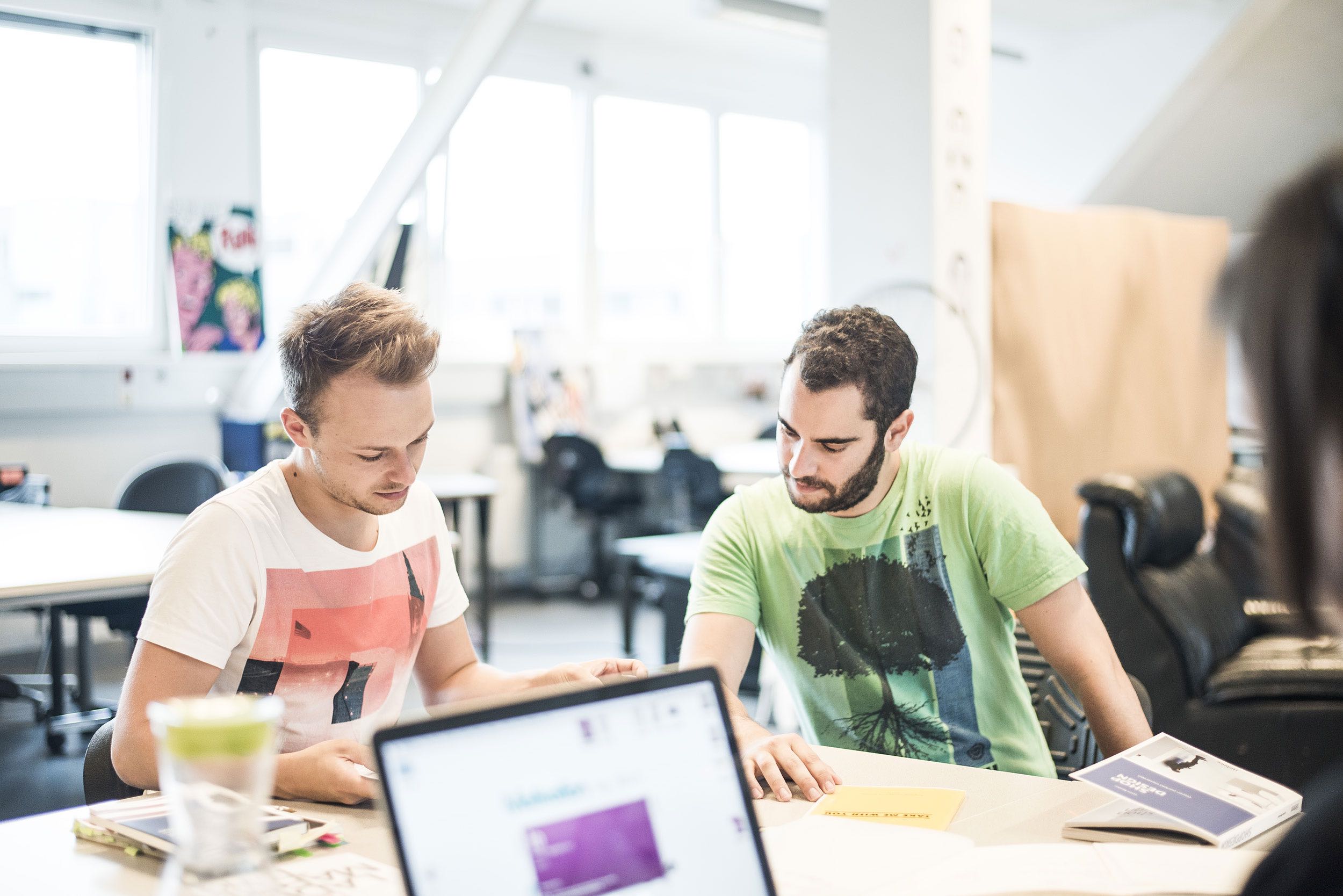Intro
When you think of Sweden you think of endless forests, small red houses, thousands of lakes, blonde people, beautiful women and an advanced and exemplary civil society. I had a similar image in my head before I visited the country and lived there for a few months. As is often the case, some of these clichés proved to be true, and there were plenty of breath-taking moments too. It was on second glance that I noticed those things which hid behind the ‘clean’ and correct image of the country.
How it all began
A student from Sweden was completing his fourth semester at FH JOANNEUM. We became friends and this sparked my interest in spending a semester studying at his home university. At that time, the Umeå Institute of Design (UID) did not accept non-Swedish speaking students onto its Bachelor’s programme and so it was initially not possible for me and a student colleague to take part in an exchange there. But we were determined and managed to persuade the UID to have a rethink thanks to the dedication of our international coordinator and the fact that FH JOANNEUM accepts Swedish students. And so in January 2015, we travelled North.
The town
Umeå is similar in size to Klagenfurt and is situated in the northern half of the Scandinavian kingdom, around a 6 hour drive north of Stockholm and approx. 200 km south of the Arctic Circle, on the coast of the Baltic Sea. The town is interesting in many regards. It is traditionally part of a region inhabited by the Sami, the last indigenous nomadic people in Europe. It is also a rapidly growing university town.
Many students appreciate the remoteness of the town which makes it easier to concentrate on studying. The winters can be very dark, long and cold. Temperatures of -20 oC are not uncommon and on the shortest day of the year, the sun only shines around midday. As compensation, the Northern Lights can sometimes be spotted over the town and in summer, it is light almost all night long – both amazing experiences.
The university
The Institute of Design at the Umeå University is not based on the main campus, which is virtually a district of the town in its own right, but rather is situated close to the Arts Campus in the town centre. The institute has an excellent reputation worldwide and is often regarded as Europe’s best design school. It has an international student population and many of the graduates are recruited by renowned American companies.
The institute differs from the Institute of Industrial Design in Graz in terms of its size and facilities as well as its work environment and study culture. There are intensive research excursions, weekly morning briefings with the course heads at the institute, international speakers every Wednesday, workshops organised by the students and a weekly UID newsletter. The approx. 150 design students have access to several studios, workshops and additional facilities in their own building complex. However there are lots of parallels with our course in terms of the course content and project topics. And despite the noticeably more limited resources, the Industrial Design programme in Graz has also made a name for itself at an international level.
Accommodation
My accommodation in Umeå was organised by the International Office. I had one of approx. 600 rooms in shared apartments reserved for foreign students, situated in the district of Ålidhem. The rooms are not particularly luxurious but given the strained housing situation in the town, we gratefully accepted this offer from the university. The accommodation costs were roughly covered by the Erasmus scholarship. You also need to factor in the cost of food and other amenities. Prices are generally similar to those in Switzerland. The Arts Campus is around a 20 minute walk or 10 minute cycle ride from Ålidhem. However public transport is expensive.
Student life
We were given a special timetable just for us and spent our study time alternating between the third, first and finally the second year (‘our’ year) because they were completing their internships during the first few months. As a result, we got to know many different students. This was the UID’s first attempt at integrating exchange students into their Bachelor’s programme. This means that we were generally not pushed and trained in quite the same individual way as our colleagues in Graz over the same period. However this was certainly outweighed by the benefits of spending this unique experience abroad.
The projects we tackled involved designing innovative check-in systems and an interaction design project for the Swedish airline, Swedavia. We were also trained in 3D design, sketching and rapid prototyping. Overall, the training was very varied. It is particularly worth mentioning that we spent a long and intensive period only focusing on one topic before the next class began. This differs from Graz where numerous courses take place simultaneously over a longer time period.
People
Swedish people are cool, so they say. And I can confirm that. Anyone who tries to break the ice with the typical Carinthian light-heartedness and humour, like I did, will find themselves regarded by most Swedish people in the same way as we might look at a gesticulating Sicilian beach vendor. Reserve is required and only speak when there is something to say. Aside from these general experiences, there are of course plenty of extremely open and warm-hearted people and many foreign students as well, with all their individual characteristics.
People are generally very willing to speak English due to the early Anglicisation of the Swedish language, for example by English-language films and TV series with Swedish subtitles and the ever-evident Americanisation of the society. After the native speakers, the Swedes are probably the best English-speaking nation in the world! Although this can be a disadvantage if you want to learn Swedish!
Nightlife
Alcohol is expensive. Drinks over 3.5% can only be purchased from state-run alcohol stores until early Saturday afternoon. Smoking is prohibited in all indoor spaces, while ‘Snus’ is legal and extremely popular. For students, drinking before going out and private parties tend to form a key element of the weekend. At clubs, you have to endure long queues, expensive admission fees and prices of around 7 euros or more for a small beer. By around 00:30, the otherwise reserved Swedes tend to be in high spirits after consuming a significant amount of alcohol. Then at around 01:45, people are asked to get their coats by the security guards (Ordningsvakt), because establishments are required by law to close at 2:00.
Society
Following the golden years of the Swedish state in the 1970s, Sweden today has probably experienced the most advanced social implosion of all EU countries. This includes regular arson attacks in districts of Stockholm and no-go areas across many cities in the country where the police seem to have lost control to criminal and/or fundamental religious groups.
Summary
Spending a semester abroad was a very important experience for me. Sweden is a beautiful and friendly country once you have gained the trust of the locals. It is a truly unique experience to be able to retreat virtually undisturbed into a breath-taking and seemingly endless natural landscape.
The Umeå Institute of Design is a very professional institution and deserves its excellent reputation. Studying here was fun and also made me feel a bit proud.
As an interested political observer, however, I get tears in my eyes when I see how this land of gender mainstreaming and political correctness is becoming increasingly open in adopting ‘fascist’ traits. This is a tendency shared by other EU countries too but it seems as though Sweden is one step ahead in this regard. Despite this, I would advise anyone interested to experience this country for themselves, after dropping their romantic view of it.







